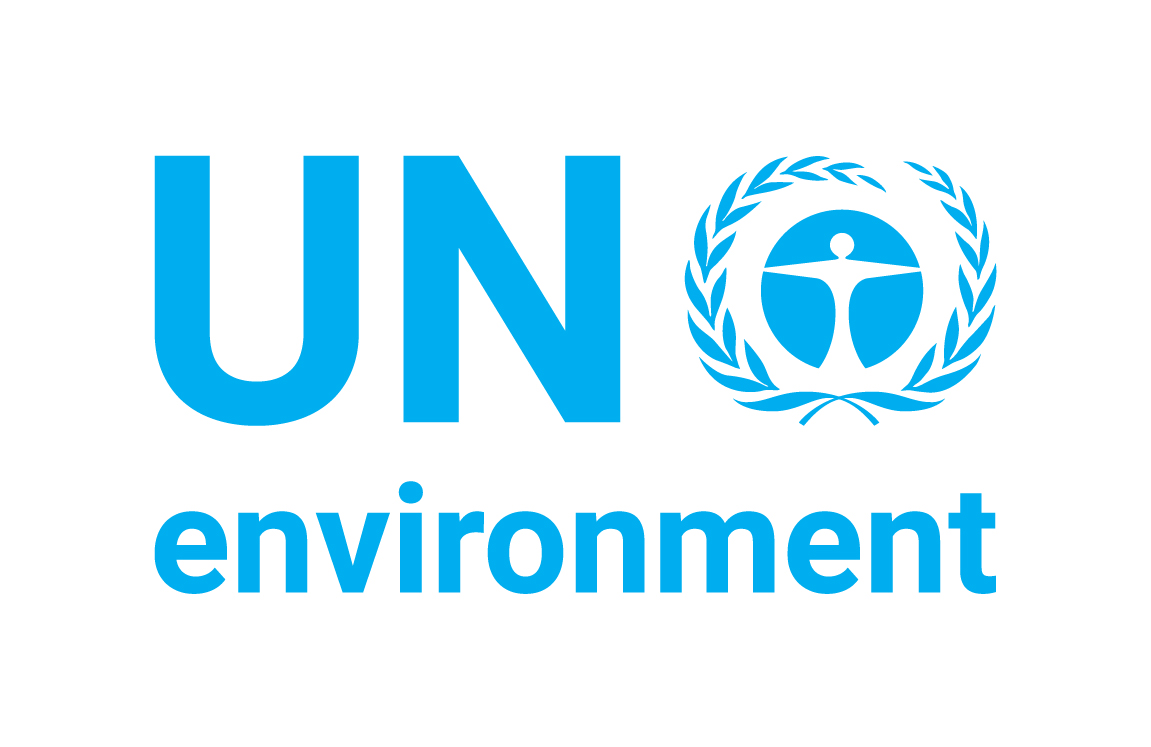Past
Land Use Planning and Biodiversity Mainstreaming

CNVP Macedonia started in 2019 to implement activities linked to Achieving Biodiversity Conservation through Creation and Effective Management of Protected Areas and Mainstreaming Biodiversity into Land Use Planning, a project funded by GEF, executed by United Nations Environment Programme, Programme Office in Vienna and Project Office in Skopje, in cooperation with the Ministry of Environment and Physical Planning of Republic of Macedonia.



The project aims to conserve biodiversity through expansion of the national protected areas’ system, and enable capacity conditions for effective management and mainstreaming of biodiversity into the production landscape. The project’s intervention strategy has three main components: (1) increase of the protected areas’ network; (2) increased effectiveness of biodiversity management; and (3) land use planning and biodiversity mainstreaming.
The third project component concerns supporting future processes of revision and incorporation of biodiversity conservation into the National Spatial Plan and forest management plans. Within this component, CNVP Macedonia will work on:
- identification of species of economic importance;
- analysis of applicable legislation for use of wild species with recommendations for improvement and selection of the most important species to assess annual biomass production;
- quantitative analysis of the annual production of non-timber forest products (NTFPs), identification of quotas for the sustainable use of NTFPs, and recommendations for monitoring; and
- identification of a region in which to pilot-test proposed and defined quotas for use of selected NTFPs involving relevant stakeholders and users.
Currently in The Former Yugoslav Republic of Macedonia, quotas for use of the threatened species including NTFPs are being abused without adequate scientific understanding of their carrying capacities and areas are not adequately zoned with consideration to the ranges of key species or the habitats under greatest threat.
For that purpose, the expected results of all project activity will be:
- the identification of sustainable and equitable quotas for selected commercial wild species developed and agreed with the Ministry of Environment and Physical Planning and a broad stakeholder group; and
- the pilot testing of sustainable quotas for NTFPs with the participation of local resource users.
